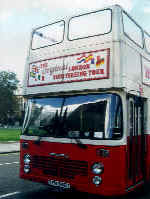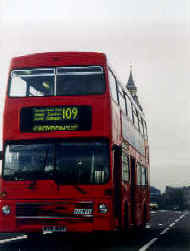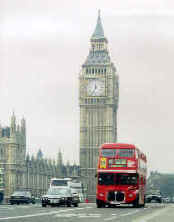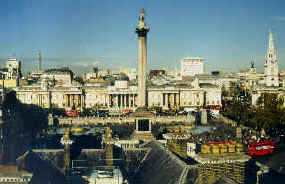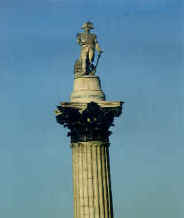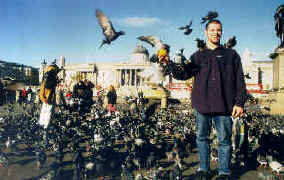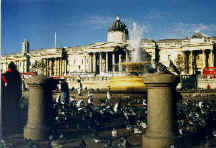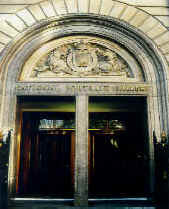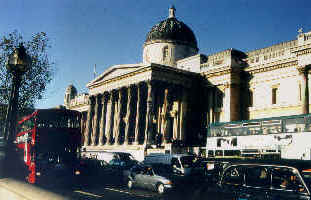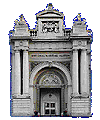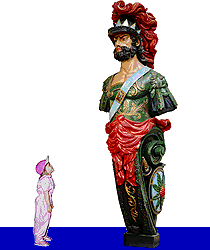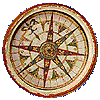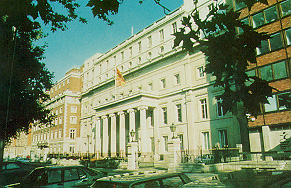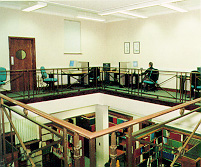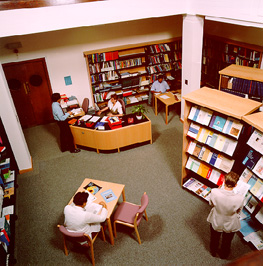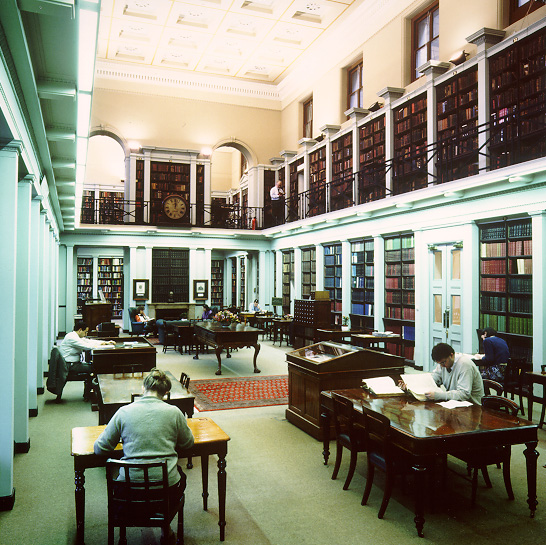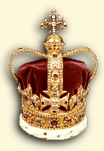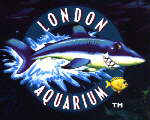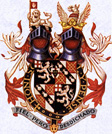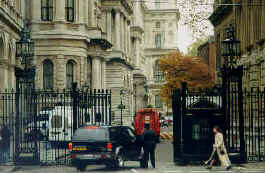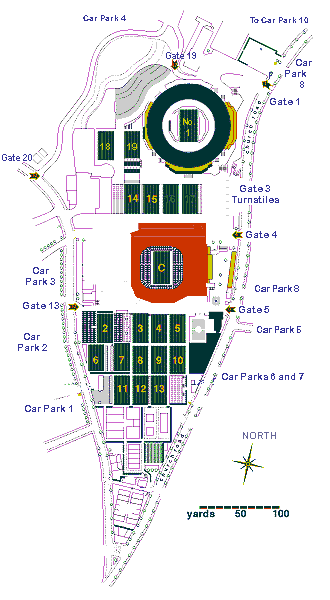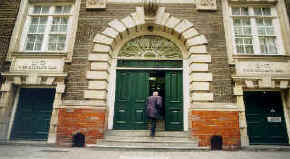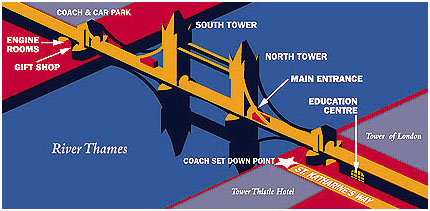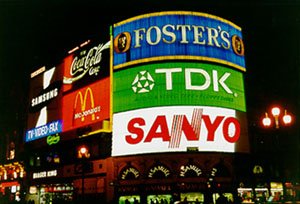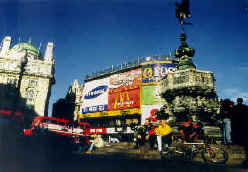Special Attractions in
London
Several companies operate sightseeing tours on open-top buses. Take your pick at Piccadilly Circus or Victoria Station, and don’t be unduly influenced by the use of the words official, and so on. The tours have a commentary and on many of them you can hop on and off all day. And the buses have downstais where you can sit if it starts to rain. |
||||
|---|---|---|---|---|
Aerial View of Trafalgar
Square The magnificent building the background is the National Gallery and the church spire to the right belongs to St Martin in the Fields, possibly the most inappositely named church in the world, which also serves as a concert venue, a centre for London’s homeless and a café (though not all mixed up together).
|
Trafalgar Square
There are thousands of pigeons in Trafalgar Square despite periodic official culls, and as you can see they are horribly, horribly tame. Kiosks sell bags of pigeon food, and whether or not you throw yourself into this particular tourist tradition depends on the balance between your senses of fun and of hygiene. They’re not always as bad as this. Yes they are. Of the half-dozen sites that might be claimed as the very centre of London, Trafalgar Square probably has the strongest credentials. Named for Nelson’s decisive naval victory in 1805 against a combined French and Spanish fleet, it is described in The Rough Guide to London as "little more than a glorified, sunken traffic island infested with scruffy urban pigeons" — a description which manages to be both deadly accurate and gloriously unfair. Trafalgar Square is dominated by a Nelson’s Column, a granite pillar topped with a statue of the Admiral who died in his moment of triumph. Extra attractions are fearsome but climbable bronze lions by the Victorian artist Landseer and the famous fountains design by Lutyens (who also designed the headquarters of the British Medical Association. The square is also dotted with statuary depicting the usual range of royalty and national figures, in varying degrees of pomp and fancifulness. The north side of the Square is dominated by the classical façade of the National Gallery, and in the southwest corner is the entrance to The Mall, which leads down through St James’s Park to Buckingham Palace.. Trafalgar Square has a forum of national significance since it was built in early Victorian times. It provides a focus for national demonstrations and rallies provides a wonderful and telegenic setting for the closing rallies, although in recent years these have more often taken place in the less enclosed surroundings of Hyde Park than in the Square itself. It is also the centre of English celebrations of each New Year. (The Scots do it differently.) No sounding of midnight on December 31st is complete without the traditional platoon of drunks embracing hypothermia by flinging themselves into the fountain. |
|||
|
National
Gallery The National Gallery houses one of the world’s great collections of paintings, ranking in Europe alongside the Louvre and the Hermitage. The magnificent building houses a collection which includes fine examples of every significant Western artistic tradition, although the national collection of 20th-century art resides in the Tate Gallery along the Thames
|
|||
